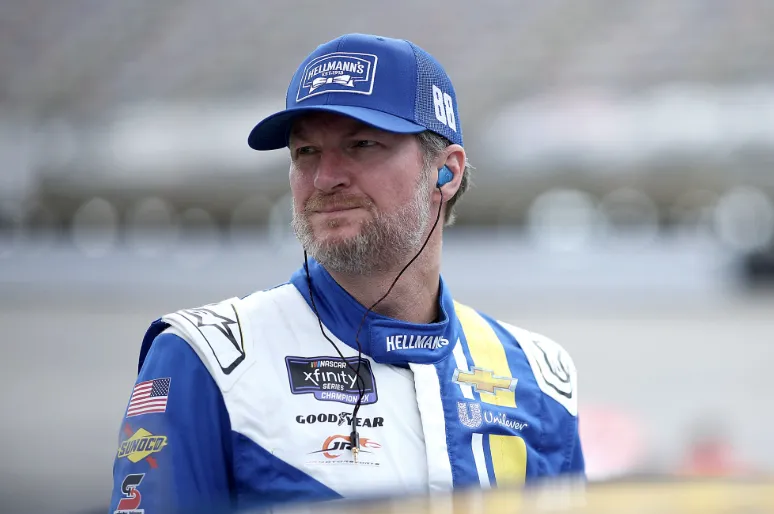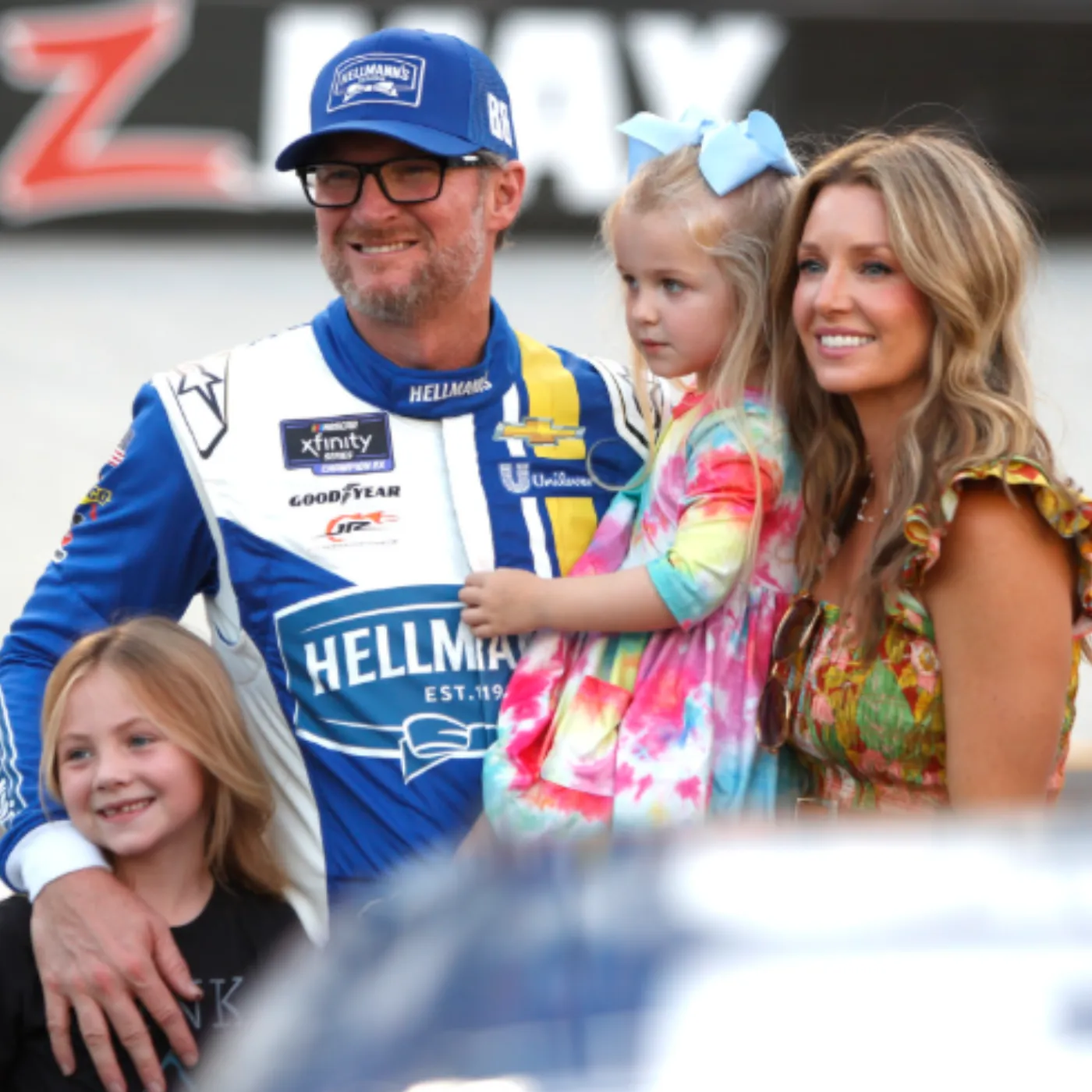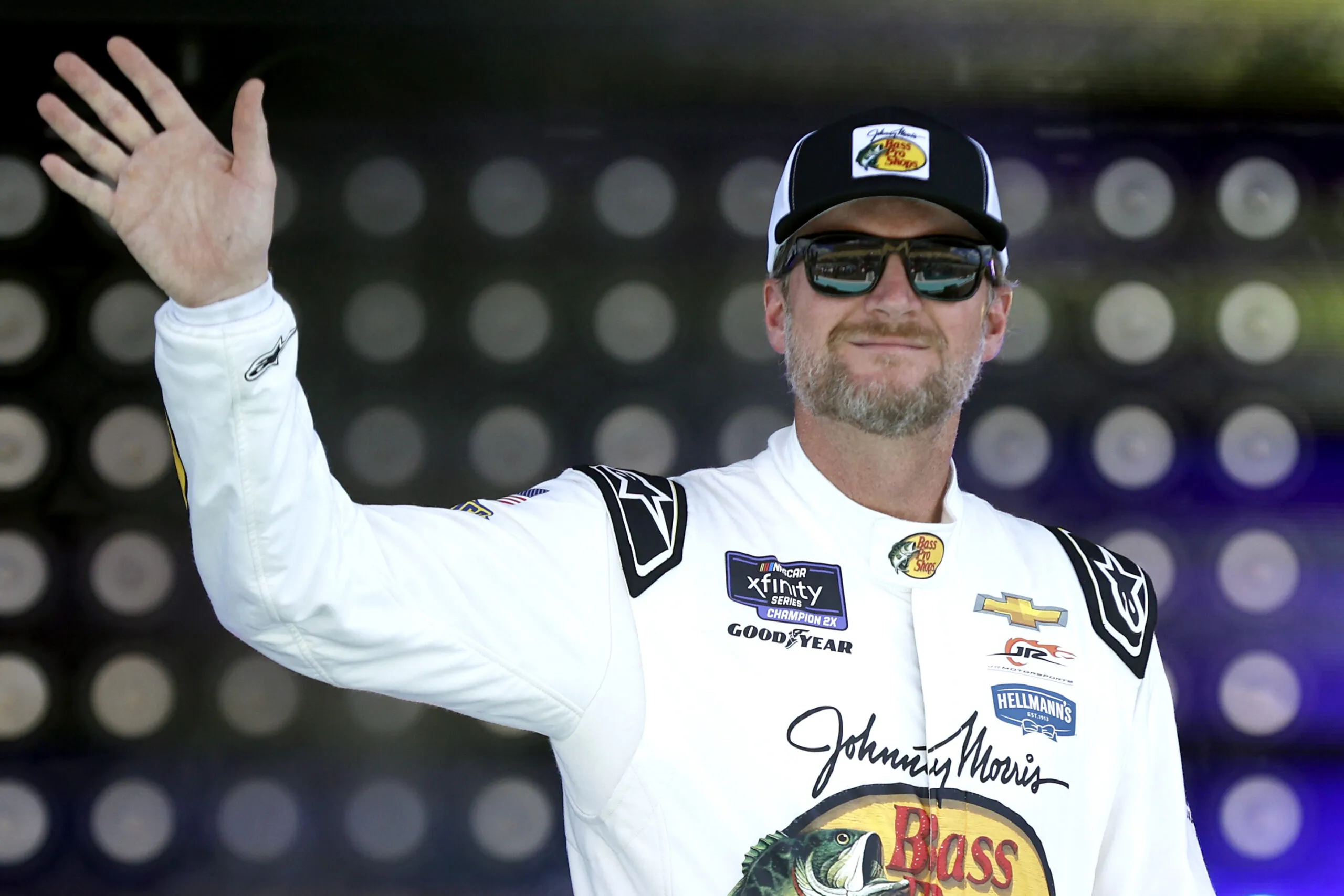
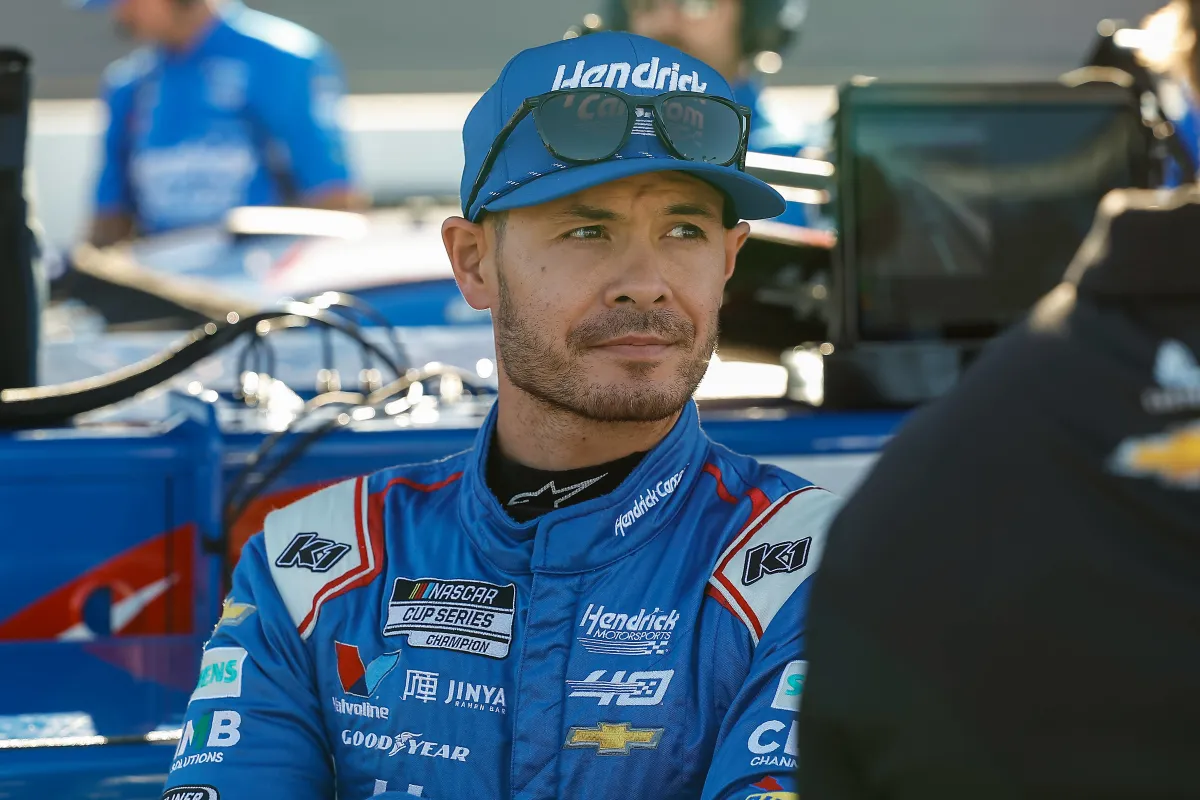
NASCAR star Kyle Larson makes a jaw-dropping claim after Homestead victory
Kyle Larson, one of NASCAR’s most electrifying stars, delivered another masterclass performance at the Straight Talk Wireless 400 at Homestead-Miami Speedway on Sunday. This victory marked the 30th Cup Series win of his illustrious career. Yet, while the triumph added another feather to Larson’s cap, his post-race remarks sent shockwaves through the NASCAR community.
Speaking to the media after his win, Larson made a bold claim:
“If we would still have the 2021 car, I would have about 50 Cup wins right now. I think switching to this car has limited us from winning.”
His statement sparked lively debate, reigniting discussions about the impact of NASCAR’s transition to the Gen-7 car on driver performance.
As fans, analysts, and critics analyze Larson’s remarks, it’s worth exploring how this shift has shaped NASCAR in recent years and what it means for drivers like Larson who aim to cement their legacies.
Kyle Larson’s Dominance in the Gen-6 Era
Before delving into Larson’s observations about the Gen-7 car, it’s essential to understand his dominance during the Gen-6 era. Kyle Larson was an unstoppable force in 2021, racking up an incredible 10 victories in a single season—a feat that propelled him to his first and only Cup Series championship.
That year, Larson was celebrated not just for the sheer number of wins but for his consistency and adaptability across different tracks. He registered 20 top-five finishes, showing that he could excel in a variety of conditions. His commanding performances made him the face of NASCAR’s new generation of stars.
At the core of his 2021 success was the Gen-6 car, a model that prioritized raw mechanical grip and rewarded technical precision. Larson’s ability to harness the Gen-6 car’s potential was unparalleled, and many expected his dominance to continue for years to come.
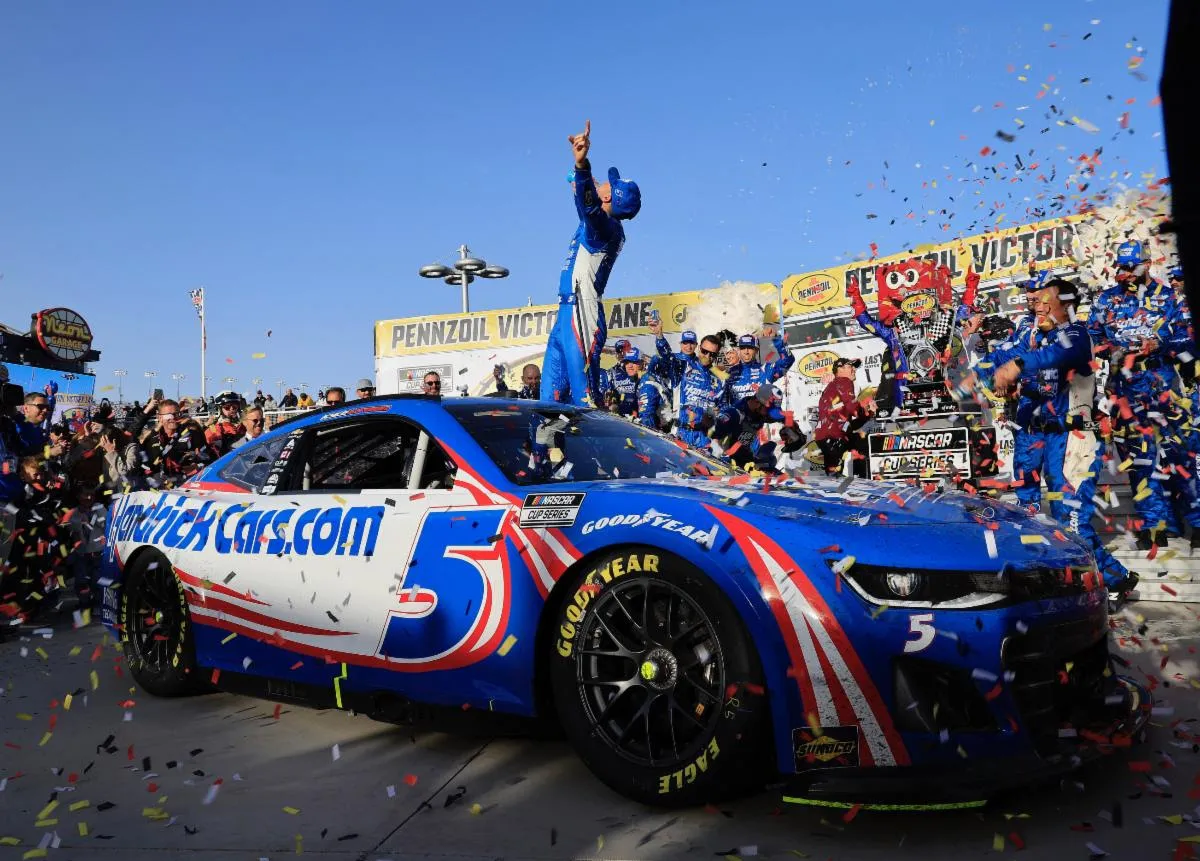
The Introduction of the Gen-7 Car: A Game-Changer
NASCAR introduced the Gen-7 car in 2022, aiming to level the playing field and modernize the sport. This model came with several significant changes, including:
-
Symmetrical design for improved balance.
-
Independent rear suspension for better handling.
-
Larger wheels and low-profile tires to enhance stability.
-
Standardized parts to reduce costs and limit team-specific engineering advantages.
While these innovations were welcomed by many as a step forward, they also created a steep learning curve for teams and drivers. The Gen-7 car required a completely different driving approach, emphasizing adaptability and strategy over the raw aggression that characterized previous models.
For drivers like Larson, who thrived under the Gen-6 car’s rules, the adjustment wasn’t seamless.
Larson’s Adaptation to the Gen-7 Era
Despite the challenges posed by the Gen-7 car, Kyle Larson has remained one of the sport’s top competitors. In the years following its introduction, he has consistently delivered strong performances:
-
2022: 3 wins
-
2023: 4 wins
-
2024: 6 wins
His latest victory at Homestead-Miami in 2025 further cements his reputation as a driver capable of adapting to change. However, as Larson himself admitted, the Gen-7 car has made it harder for him to dominate the field as he once did.
“I think just being with a good team and being able to adapt to new things is something you try to pride yourself on,” Larson explained. “That’s an area where the 5 team really excels.”
Larson also pointed out that drivers like himself and his Hendrick Motorsports teammate, William Byron, have been particularly adept at mastering the Gen-7 car. Together, they’ve amassed a significant number of wins in the current era.
The Challenges of the Gen-7 Car
Larson’s comments highlight some of the key challenges associated with the Gen-7 car.
1. Reduced Mechanical Grip
The Gen-7 car places more emphasis on aerodynamics and less on mechanical grip, meaning drivers can no longer rely on the same level of stability in corners. This makes precision and control even more critical, especially on high-speed tracks.
2. Smaller Margins for Error
With standardized parts and reduced team-specific engineering advantages, the competition has become tighter than ever. Drivers must now push the limits to stay ahead, leaving little room for mistakes.
3. Learning Curve for Veteran Drivers
For drivers who built their careers mastering the nuances of the Gen-6 car, the transition to Gen-7 has required a significant shift in mindset. Younger, more adaptable drivers have found it easier to embrace the new era, but seasoned veterans like Larson have had to work harder to adjust.
Homestead Victory: A Testament to Larson’s Resilience
Larson’s win at Homestead-Miami is a shining example of his ability to thrive despite the challenges posed by the Gen-7 car. Starting near the front, Larson managed to outmaneuver his competitors, using his superior racecraft to stay ahead.
The victory also demonstrated the strength of Hendrick Motorsports, whose teams have consistently been among the best in adapting to the Gen-7 car. Larson credited his team’s collaborative approach and relentless work ethic for their continued success.
“I think that’s an area where the 5 team really excels… We’re always trying to get better and adapt to the challenges of this car.”, Larson said.
What Larson’s Comments Mean for NASCAR
Kyle Larson’s assertion that he could have won 20 more races with the Gen-6 car raises important questions about the impact of NASCAR’s decision to introduce the Gen-7 model.
Has the Playing Field Truly Been Leveled?
One of the primary goals of the Gen-7 car was to create more parity within the sport. By reducing team-specific advantages and emphasizing driver skill, NASCAR aimed to make races more competitive and unpredictable.
While this has certainly been achieved to some extent, Larson’s remarks suggest that the new car has also made it harder for truly elite drivers to dominate.
Is Adaptability Now the Key to Success?
In the Gen-6 era, raw speed and mechanical grip often determined the outcome of races. Now, adaptability and strategic thinking have become more critical. Larson’s ability to remain competitive despite the challenges of the Gen-7 car underscores the importance of versatility in the modern NASCAR landscape.
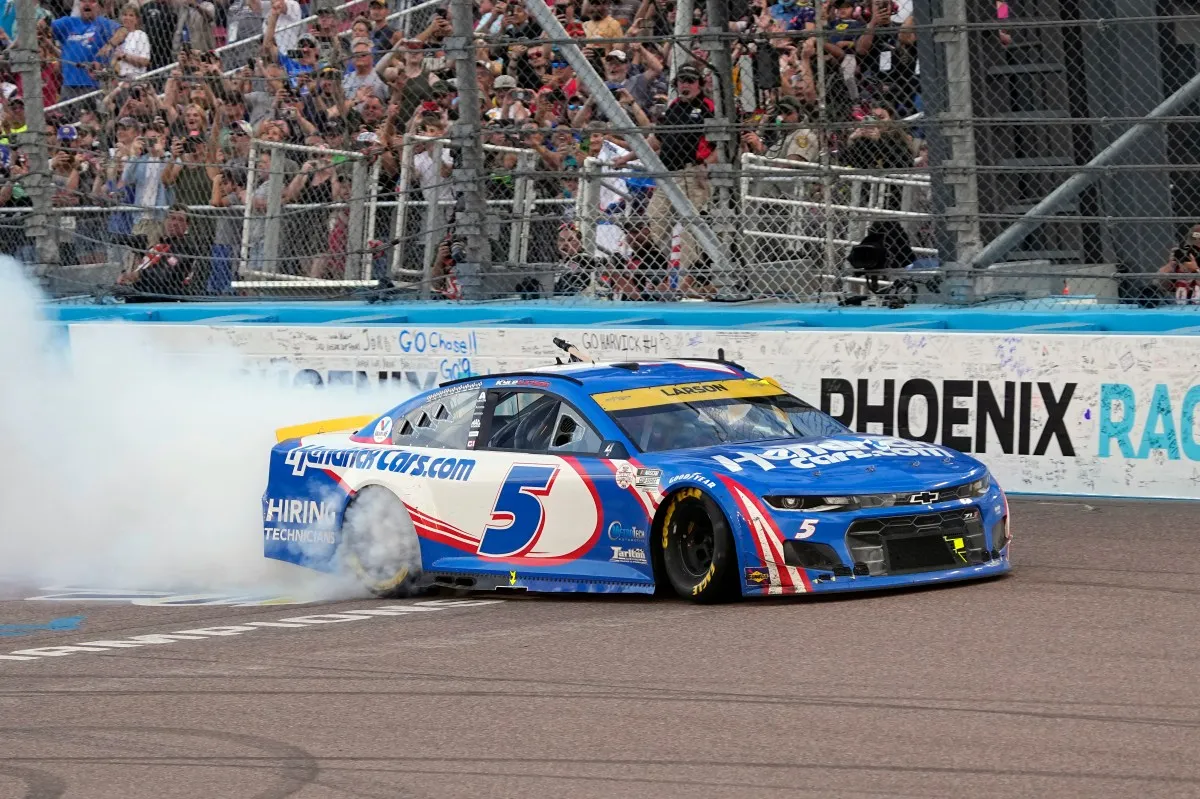
The Future of Kyle Larson in NASCAR
At just 32 years old, Kyle Larson still has many years ahead of him in NASCAR. His ability to consistently win races with the Gen-7 car proves that he remains one of the sport’s premier talents.
Looking ahead, Larson has several potential milestones to aim for:
-
50 Career Wins: While he believes he could already have reached this number under the Gen-6 rules, there’s no doubt that he has the talent to achieve it in the coming years.
-
Another Championship: Larson’s adaptability and Hendrick Motorsports’ continued excellence make him a perennial contender for the Cup Series title.
-
Legacy Building: As one of the most versatile drivers in the sport’s history, Larson has the opportunity to solidify his legacy as an all-time great.
Conclusion: A Bold Statement, a Bright Future
Kyle Larson’s claim that he could have 20 more wins under the Gen-6 car is bold, but it also reflects the challenges and opportunities that come with NASCAR’s evolving landscape. While the Gen-7 car has undoubtedly made the sport more competitive, it has also tested the limits of even the most talented drivers.
For Larson, his adaptability, resilience, and determination have ensured that he remains a dominant force in the Cup Series. As the 2025 season unfolds, fans can expect more thrilling performances from this NASCAR superstar.
Whether or not he reaches the 50-win mark, one thing is certain: Kyle Larson’s name will continue to be synonymous with excellence in NASCAR for years to come.
What are your thoughts on Kyle Larson’s bold claim? Do you think the Gen-7 car has leveled the playing field or made it harder for top drivers to shine? Share your opinions in the comments in our post!








